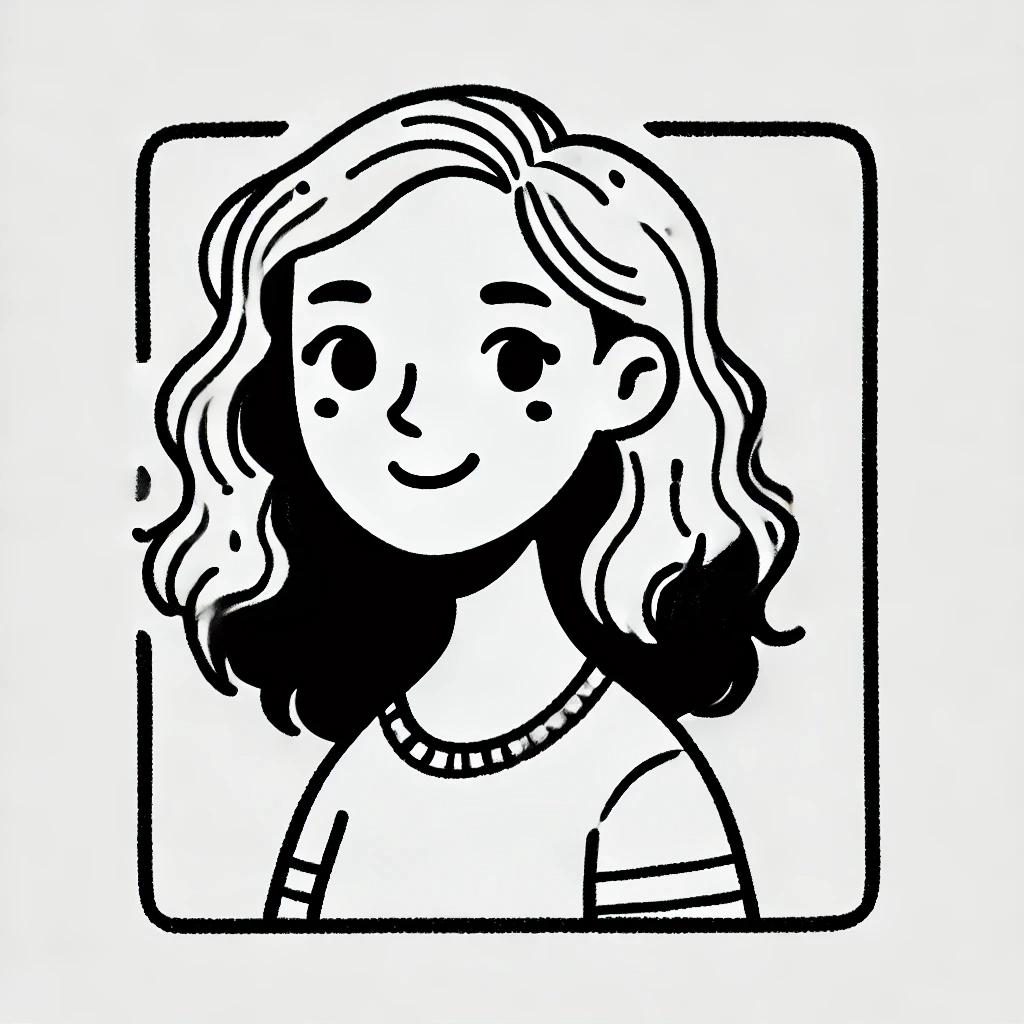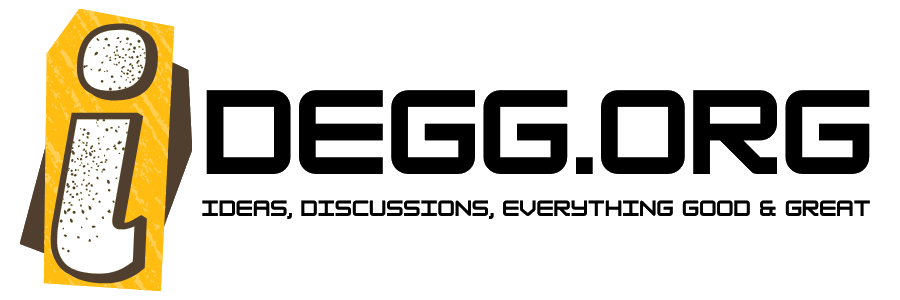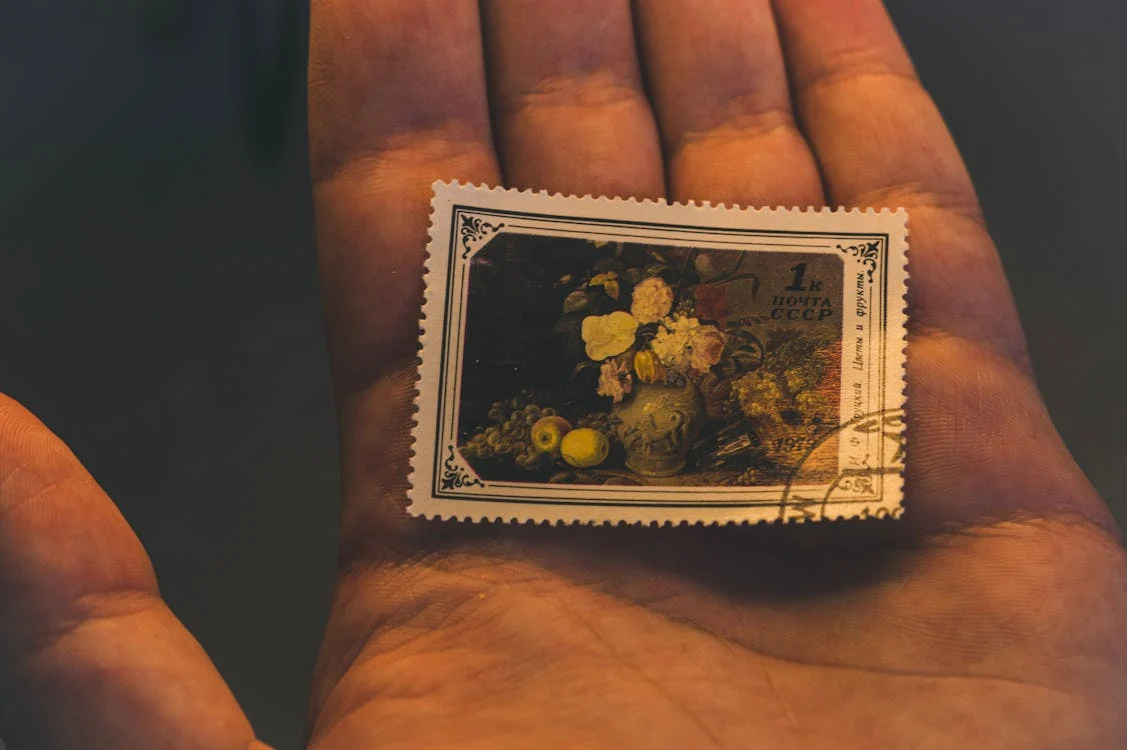For coin collectors, rare quarters represent not just currency, but potential treasures that can significantly enhance a collection’s value. While many quarters circulate daily, only a select few hold substantial worth due to unique features, historical significance, or minting errors. This article explores what collectors should look for when searching for rare quarters and highlights some of the most valuable examples in circulation.
Understanding Rare Quarters
Rare quarters are typically identified by their limited mintage, distinctive characteristics, or errors during the minting process. Collectors often seek these coins as they can command prices far exceeding their face value.
Key Features to Identify Valuable Quarters
- Mint Marks: Located on the reverse side of the coin, mint marks indicate where the coin was produced. Quarters minted at the San Francisco Mint (S) or those with low mintage figures are often more valuable.
- Minting Errors: Errors such as double dies (where the design is stamped twice) or off-center strikes can create highly sought-after coins.
- Unique Designs: Certain state quarters feature unique designs or variations that make them collectible. For example, the 2004-D Wisconsin Extra Leaf quarter is notable for its additional leaf on the corn stalk.
- Condition: The condition of a quarter significantly impacts its value. Coins in mint state or those with minimal wear are generally more desirable.
Notable Rare Quarters to Look For
1. 1932-S Washington Quarter
The 1932-S Washington Quarter is one of the most coveted coins in the series due to its low mintage of just 408,000 pieces. This rarity makes it a key date among collectors, often fetching prices from $100 to several thousand dollars depending on condition.
2. 2004-D Wisconsin Extra Leaf Quarter
This quarter features a unique error with an extra leaf on the corn stalk design. The “Extra High Leaf” and “Extra Low Leaf” varieties are particularly sought after, with values ranging from $50 to over $100 in excellent condition.
3. 1976-D Bicentennial Quarter with No Mint Mark
Most 1976-D Bicentennial Quarters have a mint mark indicating their production location. However, those without a mint mark are extremely rare and can be valued at up to $55,000.
4. 2005-P Minnesota Doubled Die Quarter
This quarter features multiple images of a spruce tree due to a minting error, making it highly desirable among collectors. Prices can start at $50 and rise significantly based on the degree of doubling visible.
5. 1983-P Washington Quarter
The 1983-P Washington Quarter is notable for being one of the rarest in uncirculated condition, with values reaching around $20 or more depending on its grade.
How to Spot Rare Quarters
To effectively identify rare quarters, collectors should:
- Examine Mint Marks: Use a magnifying glass to inspect the reverse side for mint marks.
- Look for Errors: Carefully check for any signs of minting errors such as double dies or off-center strikes.
- Research Key Dates: Familiarize yourself with key dates and varieties that are known to be valuable.
- Consult Experts: If you suspect you have a rare quarter, consider consulting with professional appraisers or reputable coin dealers for an accurate valuation.
Conclusion
The quest for rare quarters can be an exciting journey filled with discovery and potential profit. By understanding what makes certain quarters valuable—such as minting errors, unique designs, and historical significance—collectors can enhance their collections and possibly uncover hidden treasures worth significant amounts of money.As you search through your pocket change or explore local coin shops, keep an eye out for these rare quarters; you may just find a piece of history that could be worth far more than its face value!

I’m passionate writer and digital content creator with a background in journalism. With a keen interest in exploring a wide range of topics—from technology to lifestyle and beyond—I bring fresh insights and thought-provoking commentary to the readers of Idegg.org. My curiosity and love for storytelling makes me a perfect fit for sharing the diverse, ever-evolving content the blog is known for.

